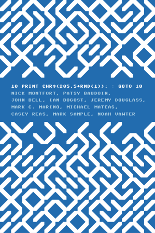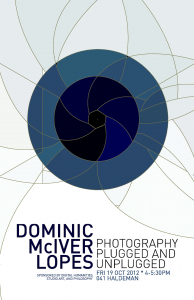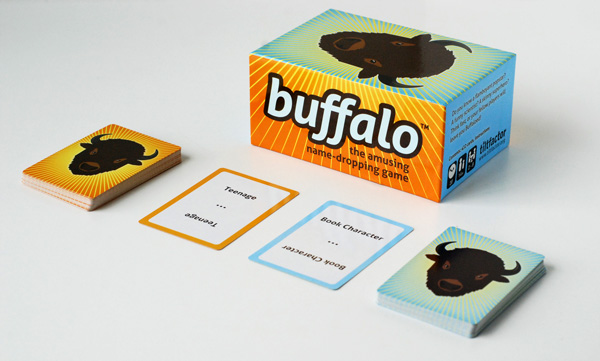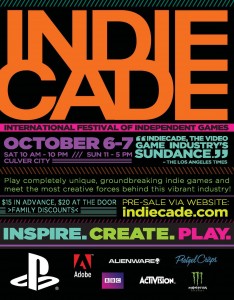Fostering Flow and Behavior with Design
In my short time as a game design intern here at Tiltfactor, I’ve found the real difficulty rests in the balance between challenge and simplicity (as it often does with the rest of life). How do you foster arenas for motivation, learning, and fun without tilting too far into states of boredom or anxiety (as described in the Three Channel Model of flow)?

Kiili’s (2009) Extended three-channel model of flow (modified from Csikszentmihalyi, 1991).
In his paper “Digital game-based learning: Towards an experiential gaming model” Kristian Kiili (2005) argues for an educational game model, integrating educational theories and game design, that facilitates “flow” of flow theory in order to design meaningful and engaging educational games.





 Just to be clear, I don’t condone gladiatorial fights (involving anyone) as a form of social control. That said, I believe the child gladiatorial fights in Suzanne Collins’s The Hunger Games trilogy have several poorly and lazily designed elements that make the games both feel less fair to the competitors, and less fun to watch as a spectator sport.
Just to be clear, I don’t condone gladiatorial fights (involving anyone) as a form of social control. That said, I believe the child gladiatorial fights in Suzanne Collins’s The Hunger Games trilogy have several poorly and lazily designed elements that make the games both feel less fair to the competitors, and less fun to watch as a spectator sport.

